If there were a Biggest Loser for horses, Lucky could have been a winner. It was spring when he arrived at the ranch, fresh off valley pasture and fatter than a tick. It looked like he had been that way for a long time. A middle-aged gelding, flea-bitten grey, Lucky was barely fifteen hands tall, with a fairly refined bone structure and probably had some Arab blood in him. He was one of four horses in the string provided by our new employer when we moved to Brown Canyon. The others were Podunk, Mary, and Lady.
All of them were rejects of a sort. None had been ridden in ages, a telltale sign that our new employers were mainly valley farmers who had recently leased some canyon range for their cowherd. The mares, Mary and Lady were too old to gain much weight. The bay gelding, Podunk was pretty larded up, but he was bigger framed than Lucky and carried the weight more spread out on his body. Lucky looked like a ball with appendages. If he fell over on the trail, it seemed he might just keep rolling.
Our job was to run 150 yearling heifers on several thousand acres. The heifers had never been in the canyons before and we were supposed to keep them healthy and on the gain until fall. We were also supposed to keep them from getting bred, something which proved a significant challenge, given the state of the few existing fences and the tenacity of the Angus bulls on the neighboring range.
The ranch buildings sat close to the mouth of Brown Canyon. We were housed in a pink single-wide New Moon trailer with a big room built onto one side. We had two kids then, five and three, and they slept head to foot in a single bed until Mike built some bunks. From the trailer, there was an open view down the bench above the Imnaha River and we could see Indian Village high up across the canyon near the breaks of the west rim. The main trail to the summer range headed east, up the creek behind the ranch buildings where the Brown Canyon rose narrow and steep to the top of Grizzly Ridge. We could ride from the house and reach the summer range in just over an hour.
It was a pretty good trail once we got it brushed out, steep, with a few rock outcrops, but you could still find your way down in the dark if you had to. The worst part for me was locating the beginning of the trail from the top where the range was open with grassy swales spreading north and south above the rims. I had many a false start, poking into one draw after another, looking for the way home before I learned my way around and didn’t have to worry about rimming out on some big drop off.
Lucky struggled with that trail. Up or down, either one is hard on a fat horse. We dry lotted him on hay to help him drop the weight, but we still had to use him. Yearling cattle are like teenagers, curious, impulsive and athletic. Between riding the fenceline, herding the neighbor’s bulls, and keeping track of the heifers, all the horses got a workout.
Riding Lucky that spring made me nervous. Not because he was ornery or badly trained, but because I worried he was about to have a stroke or a heart attack. I led him a lot, but eventually I’d have to get on. He’d start up the trail and he’d be huffing and puffing, and pretty soon I could feel his chest heaving and his heart pounding so hard between my legs I thought he was about to explode.
One thing about Lucky was that he never gave up. In spite of being smallish, middle aged, and grossly overweight, he kept trying. Plucky Lucky we called him. Even after he got into shape, there was a feeling of trepidation as he doggedly started the climb up the creek. He never seemed to forget how hard it had been, never seemed to realize how capable he was.
Lucky was really a pretty decent little horse, his gaits were smooth and his mouth was soft. However, he did have a problem that he never got over. He didn’t like anything flapping around near his back. As long as you paid attention, and didn’t try to get your rain slicker on while riding, he was fine.
Our other fat horse, Podunk, was young enough to resent being put to work after a life of leisure—lolling about in irrigated pastures. One day Podunk pitched a fit and caught Mike off guard, throwing him into a pile of rocks. Mike showed up back at the house, grey in the face and clutching his left shoulder. Flinny, the cowboy with him, couldn’t stop laughing about how funny it had been, the fat gelding humped up and Mike flying through the air. A trip to the emergency room and three weeks off with a dislocated collar bone made it harder for me to see the humor of it.
There was no doubt that although Podunk was young and strong, he was a handful, and Flinny refused to ride him. So when Mike got back to work, he used Podunk for the most part, while Flinny saddled Lucky or one of the old mares for the climb to the ridge top. One evening after the horses were turned out and dinner was over, I kept noticing Mike with a smirk on his face.
Finally, I asked, “What’s so funny? What are you laughing about?”
“I can’t stop thinking of the look on ol’ Flinny’s face when Lucky took off with him in a pile of rocks today,” he grinned. “Caught Flinny totally off guard, the more Flinny flopped around, the more it freaked Lucky out. Ol Flinny was bellering like a stuck calf, took him forever to get Lucky stopped.”
“What caused that?” I asked.
“Well,” Mike said, “It could have been me riding up behind and flapping my arms a couple times.”
skip to main |
skip to sidebar



Tracking our days at Horse Creek
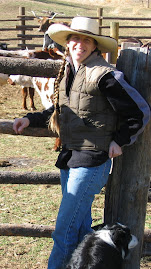
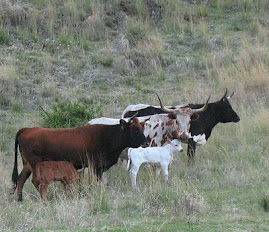
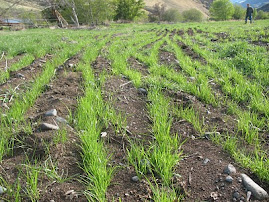
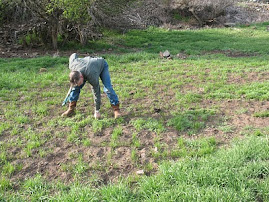

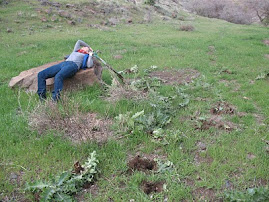



Ene and Azja do dishes

Azja fixes fence with Mike
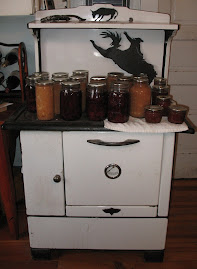

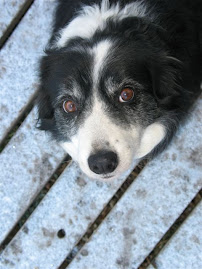
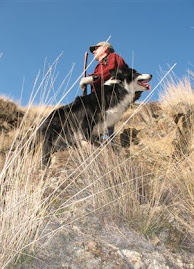
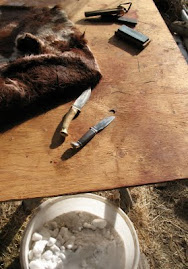
Sharp knives, bone hide scraper and fine salt


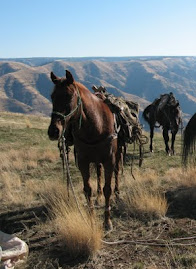
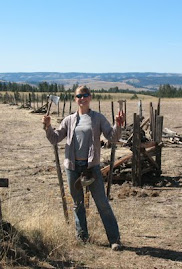
Prairie fence builder
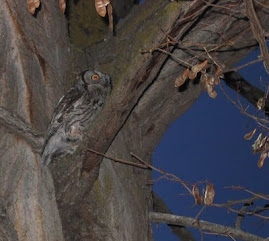
Adult
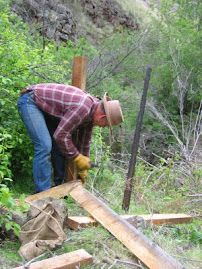
Getting started

Finished rock jack
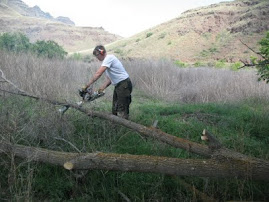
Zeke preps for the burn

Mike burning

Rangeland drill

Grass seedlings
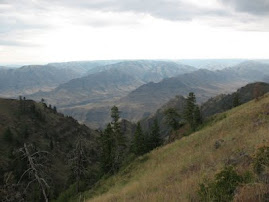
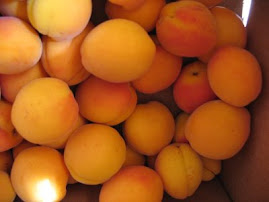
Bunchgrass Beef at Magpie Ranch
"Right here is where our family fell in love with a landscape and a tradition of work that combine to create healthy sustainable delicious food. Right here is where you can connect with a particular place, a particular story, and some amazingly good meat." Sara Miller Hale, Wallowa County, Oregon
Our Story

- Home on the Range
- Hells Canyon and Zumwalt Prairie have been our home range for more than thirty years. This is where our family raises Bunchgrass Beef, an exceptionally flavorful, lean, artisan quality beef. Here on the Magpie Ranch, our Spanish breed cattle are raised on native rangelands using humane and sustainable family-based practices. Our animals are born and bred on the ranch and are never fed grain.
How To Order Bunchgrass Beef
Give us a call at 541-426-4819 or email bunchgrass@gmail.com. We'll send you our pricing guide and order information and answer any questions you may have. "Healthy high quality grassfed beef--direct from our family to yours."
Blog Archive
Favorite Links
Magpie Ranch Journal

Tracking our days at Horse Creek
Sara at Magpie Ranch

New calves

Restoration Seedlings
Mike pulls kochia sprouts
Thistle gristle

Thistle aftermath
Eggs and Other Yumminess


Mongolians at Magpie Ranch

Ene and Azja do dishes

Azja fixes fence with Mike
The Plymouth

The Oval

Lucy

On the lookout with Mike

Tools of the Trade

Sharp knives, bone hide scraper and fine salt
Bunkhouse in Early Snow

Mestizo

On the job


Prairie fence builder
Screech Owls at Horse Creek

Adult
Rock Jacks
Getting started
Finished rock jack
Restoration
Zeke preps for the burn

Mike burning

Rangeland drill

Grass seedlings